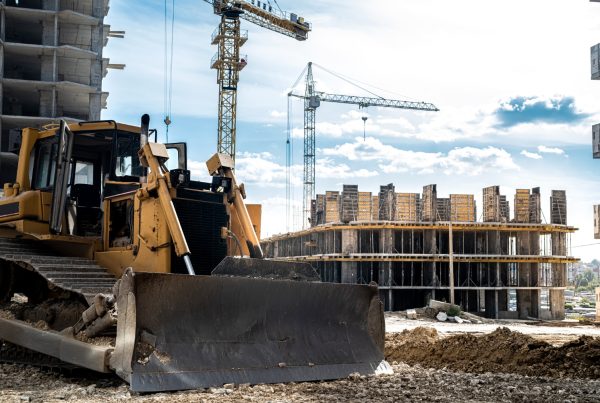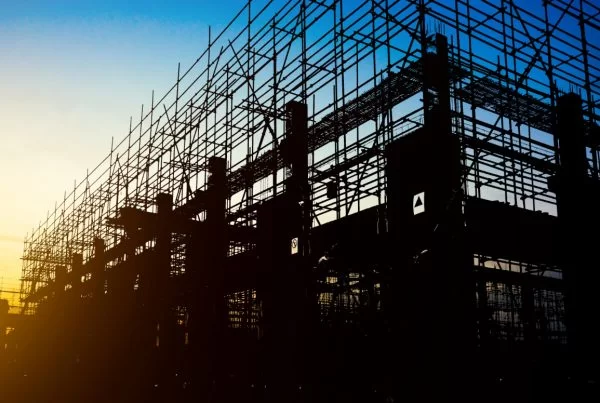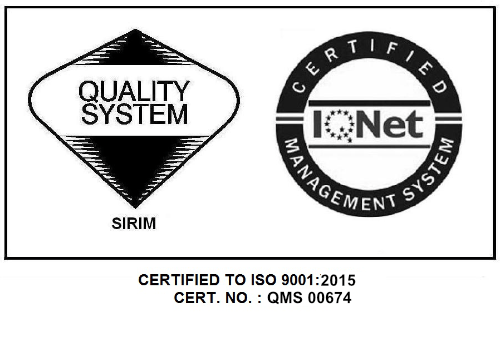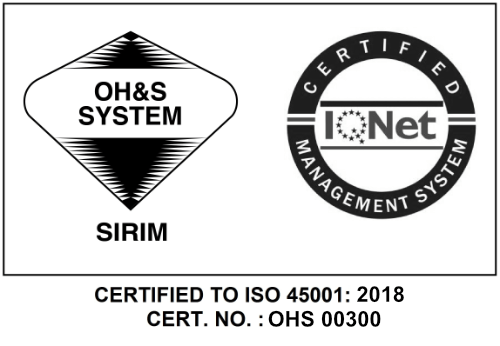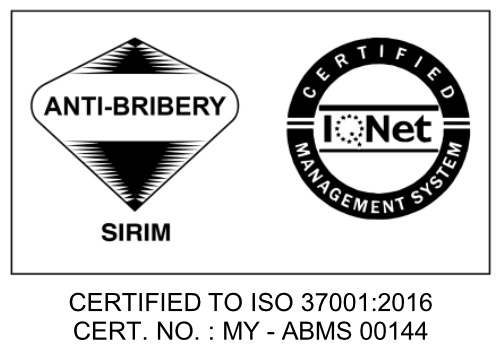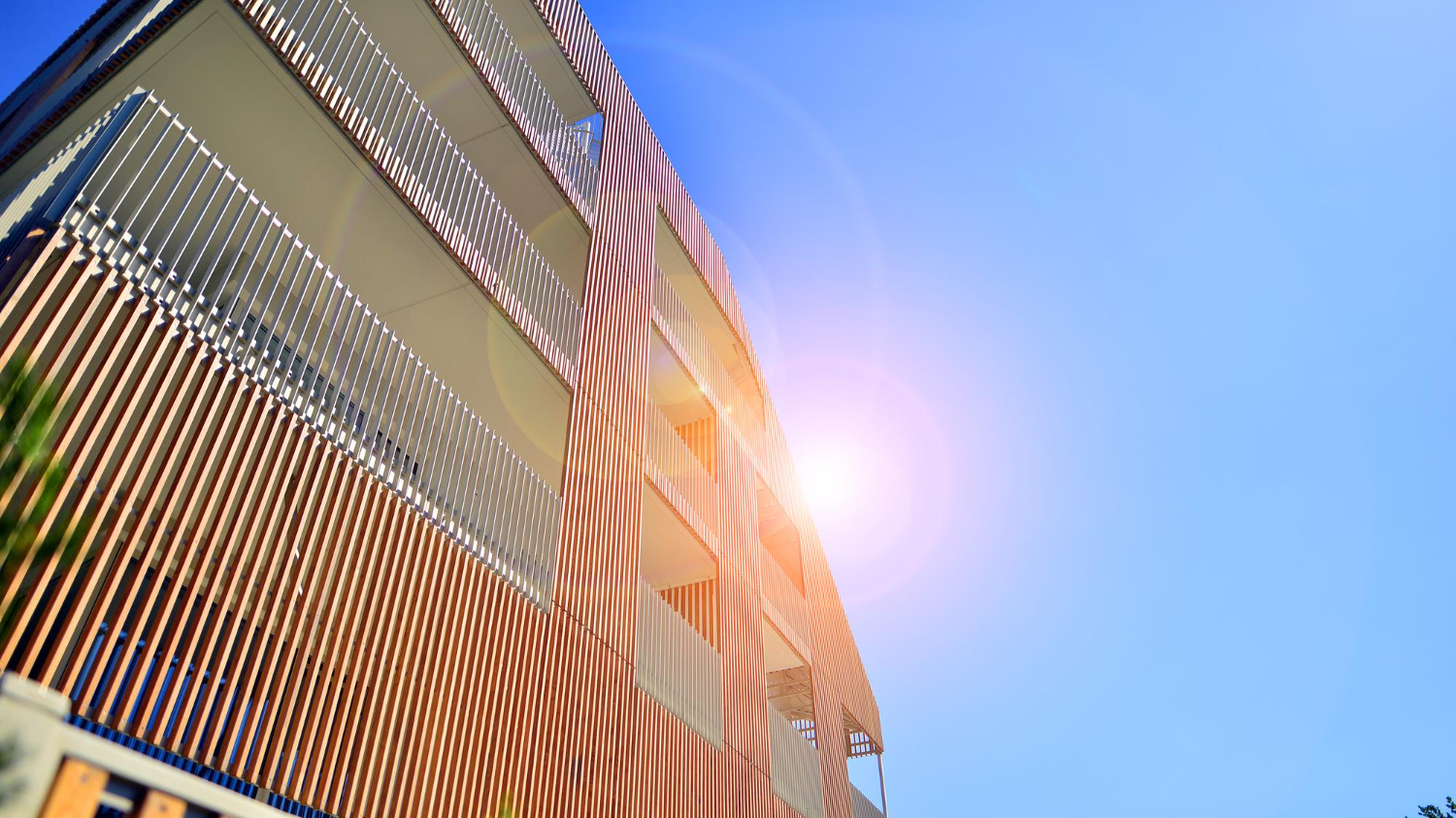
As climate resilience becomes a top priority in construction, passive design and energy-positive buildings have emerged as key trends in sustainable architecture, particularly in Europe’s advanced economies. Countries like Germany, Norway, and Sweden are setting the bar with structures that reduce energy consumption and generate surplus energy through integrated technologies.
The Passive House Standard, developed in Germany in the 1990s, is at the heart of this movement. Buildings that meet this standard are meticulously designed to minimise energy loss through superior insulation, airtight construction, triple-glazed windows, and orientation that maximises sunlight. These elements reduce heating and cooling demands by up to 90%, even in colder climates.
Many new developments are energy-positive, producing more energy than they consume, thanks to solar PV systems, thermal collectors, and smart energy management systems. These buildings feed excess energy to the grid, creating sustainable and economically smart structures.
Scandinavian countries have also embraced natural ventilation systems, green façades, and daylighting techniques, making passive design a staple of mainstream development. In Denmark and Austria, even social housing projects meet net-zero or positive energy benchmarks, proving that sustainability isn’t just for high-end builds.
In urban settings like Freiburg, Germany, or Stockholm’s Hammarby Sjöstad, entire neighbourhoods have been planned using passive and energy-positive principles, incorporating district heating, stormwater recycling, and mobility solutions to reduce overall carbon footprints.
The benefits are multiplied, resulting in lower operational costs, improved indoor comfort, and reduced emissions. As the world grapples with rising temperatures and energy insecurity, passive design and energy-positive buildings quickly become non-negotiable for responsible construction.







